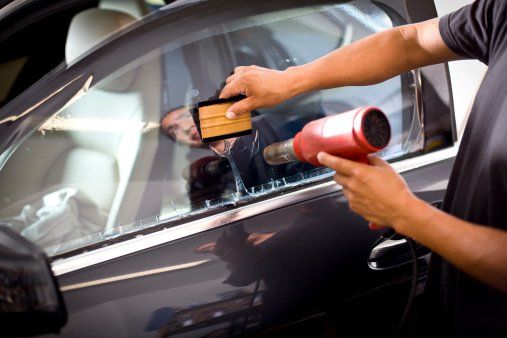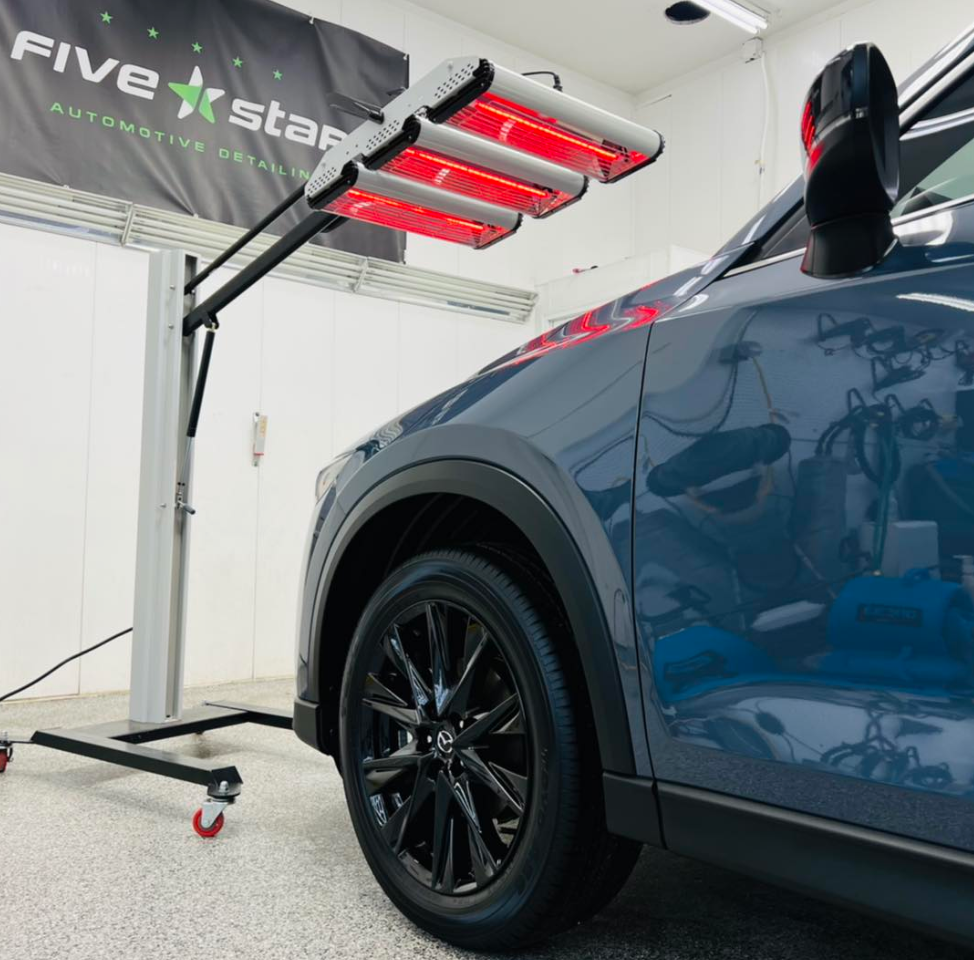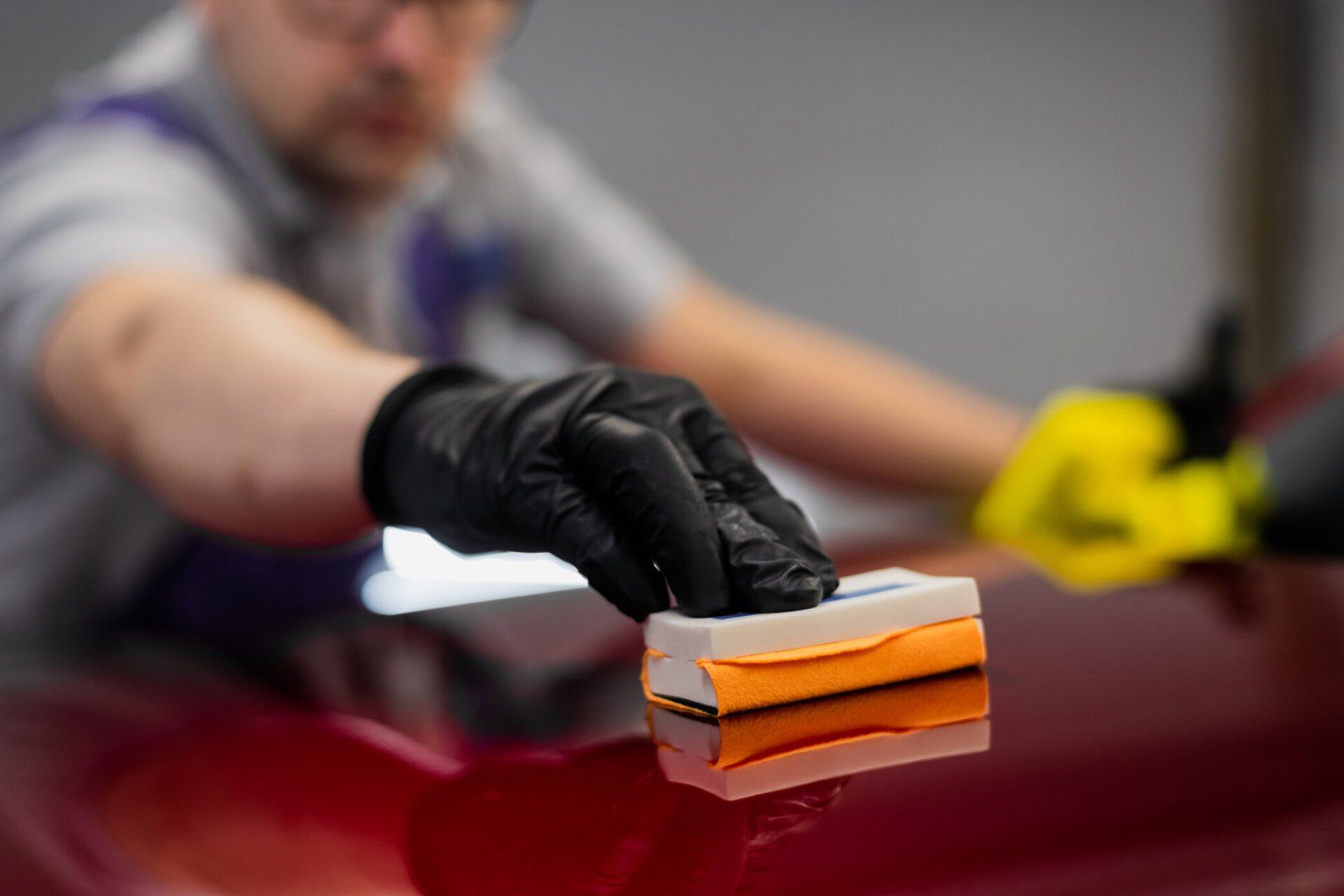Window tinting involves covering the surface of a car's or a building's window with a thin film, usually made of polyester or another synthetic material. This thin laminate film decreases the light, heat, and UV rays that pass through the windows. A unique adhesive usually permanently attaches to the car's or building's windows.
Why You Should Consider Window Tinting
People tint their windows for a variety of reasons. Privacy, UV protection, heat reduction, and aesthetic appeal are among them. Window tinting can assist a building in becoming more energy-efficient, lowering summer cooling costs.
Window tinting can block up to 60% of the sun's total solar energy while reducing infrared and visible radiation, which can fade interior surfaces and fabrics.
Many UVB rays that can burn you can be blocked by window glass. Some UVA rays, which can cause tanning and premature aging, do, however, pass through. UVB and UVA rays can cause skin damage and raise the risk of skin cancer. The Skin Cancer Foundation says that window film, which is made of a laminate that can block up to 98% of UV rays, is a useful but often underused solution.
Is Car Window Tinting a Good Idea?
While car windows can provide some UV radiation protection, it is insufficient to completely protect you and your car's interior from the sun's harmful rays. A high-quality car window tint from a reputable manufacturer, when installed properly, can significantly improve UV protection for you and your vehicle.
Car window tinting not only protects your skin from potential skin cancer, but it also prevents the interior of your car's dashboard, upholstery, and carpeting from fading over time due to sunlight exposure.
The amount of visible light transmission or darkness is controlled by the state. The laws and regulations that govern the VLT percentage for car window tinting vary by state. It is best to research the rules and laws in your state before having your car's windows tinted.
Aside from UV protection, car window tinting has safety and security benefits. A high-quality window tint film can assist in keeping the broken glass in place during an auto accident, reducing the amount of broken glass. Furthermore, tinted windows can conceal valuables inside the vehicle and deter would-be thieves.
Types of Window Films
Are you looking for the right window film? If so, numerous types of tint films are available, each with unique qualities. These are some examples:
- Dyed film or dyed window tint
- Ceramic window tint
- Metalized film contains small metallic particles that reflect heat and light.
- Carbon window tint
- Hybrid films
- Security window films
Before making a decision, choose the type of film that best meets your needs and preferences, as well as research the rules and laws in your state.

How to Pick the Appropriate Window Tint Film
Your window tint film selection will be determined by your personal needs and preferences. If you want a film that will block harmful UV rays and reduce glare, a ceramic or carbon window tint may be the best option.
If you want a film that will increase energy efficiency, a dyed or metalized film may be a better option. These dark films also contribute to increased privacy. It is critical to consider local laws before making a decision. Tint regulations vary from state to state and even from city to city. In general, the rear and back side windows, as well as the front side windows, must allow at least 70% of the light to pass through.
Care Instructions for Tinted Windows
Tinted windows require little upkeep. Abrasive cleaning supplies should be avoided because they can damage the film. As an alternative, use a specialized window cleaning solution or mild soap and water. It is also recommended that you refrain from rolling down the windows for at least a week to allow the adhesive to fully cure after the tinting procedure.
Removing the Window Tint
Window tint removal is a difficult and time-consuming process. The film can be removed with a special solution that dissolves the adhesive or by first softening the glue with a heat source. It is best to leave it to the professionals because doing it incorrectly could damage the glass.
DIY Window Tinting
Some people tint their windows to save money. Although it is possible, keep in mind that the procedure is difficult, time-consuming, and prone to error. It is best to leave the job to a reputable window tinting company.
Benefits of Professional Window Tinting
- Time and Convenience: For those without prior experience, professional window tinting can be laborious and time-consuming. Hiring a pro to tint your windows can save time and hassle. This will allow you to use your car or enjoy your building in comfort as soon as possible.
- Expertise and Experience: Professional window tinting companies have the practical knowledge to correctly install window tints so that they last for many years. They also have the necessary tools and machinery for handling and mounting the film.
- Laws and regulations: Professional window tinting companies will tint your windows in accordance with all local laws and regulations.
- Material Quality: Reputable window tinting and automotive detailing companies use high-quality materials designed specifically for use in automobiles or buildings. These materials outperform and last longer than the materials included in DIY kits.
- Aesthetic Appeal: Professionals can help you choose the best tint based on the amount of darkness, color, and finish you want. They will ensure that the final design is balanced and harmonious with the overall appearance of your car or structure.
- Guaranteed Work: Professionals stand behind their work and frequently offer warranties on their solutions. Knowing that the company will handle any problems that arise can provide you with peace of mind.
Professional Car Window Tinting in Rochester, MN
With a personal touch, get the professional window tinting and auto detailing your vehicle deserves. Call Five Star Automotive Detailing at 507-213-3561 or visit us today to see the difference.






